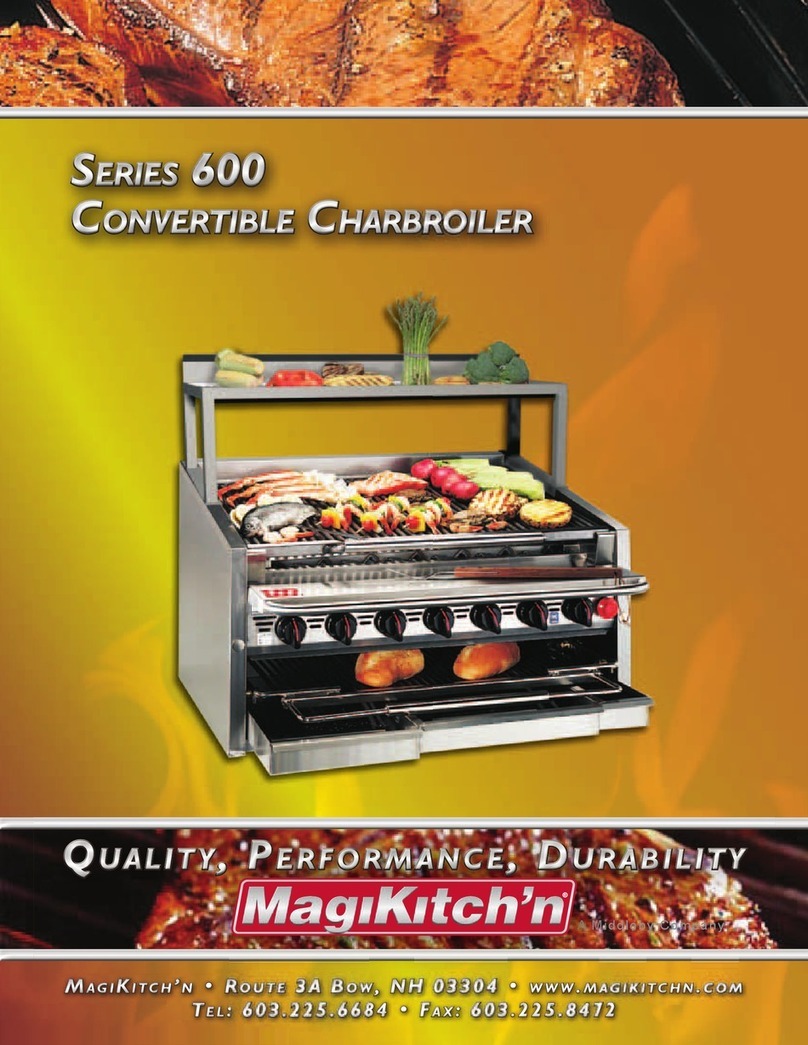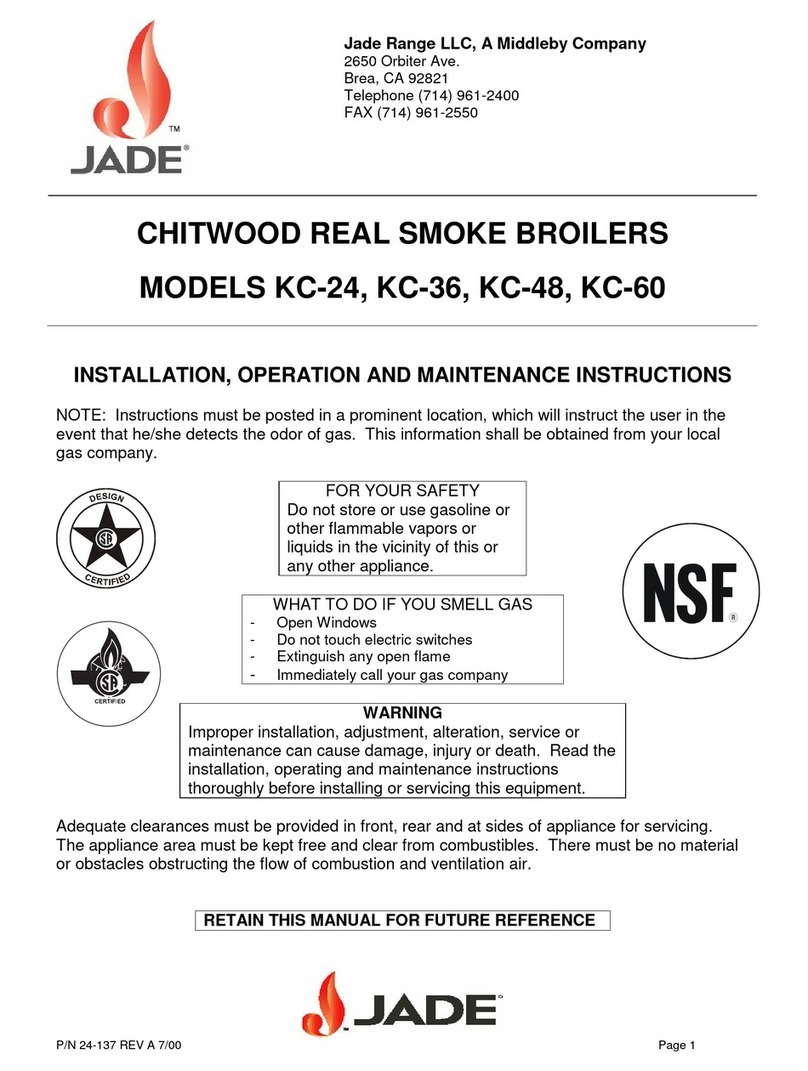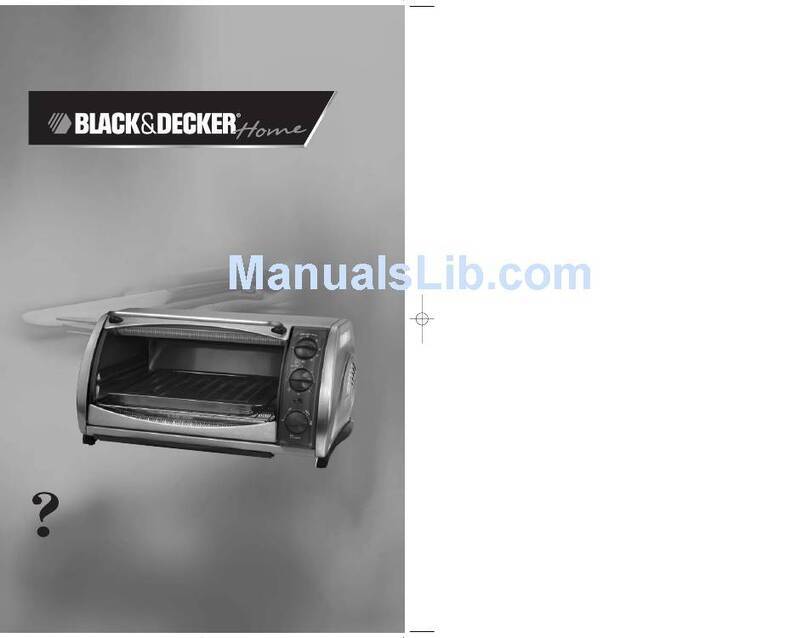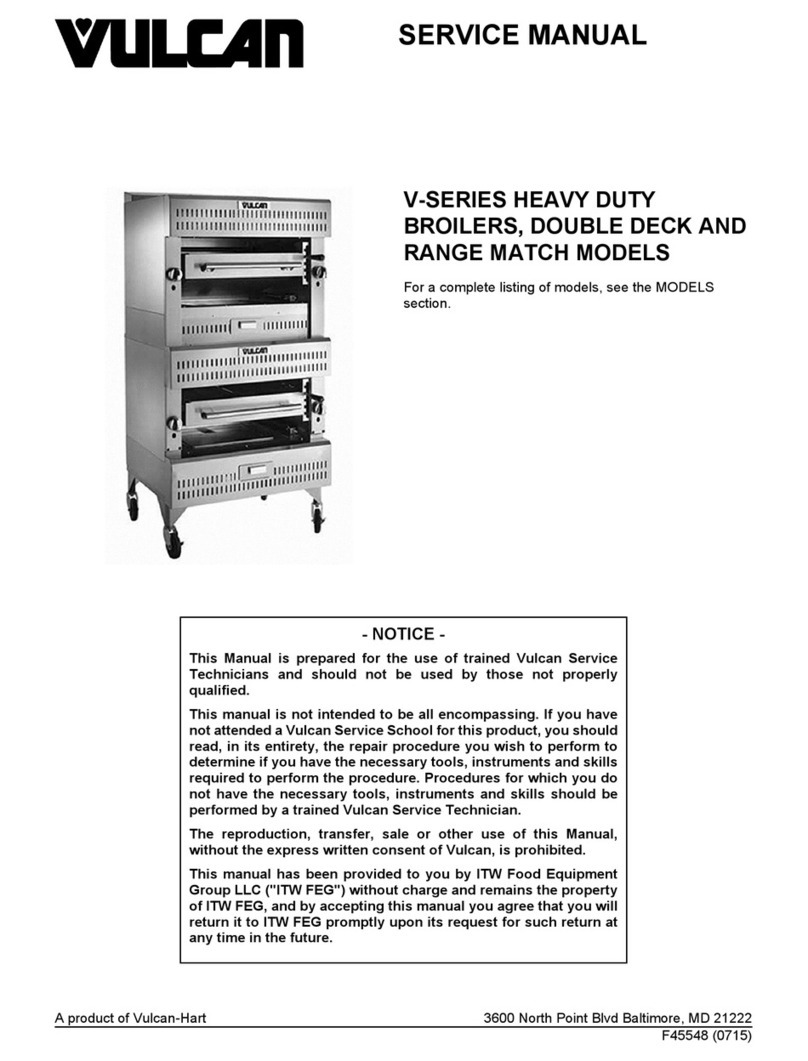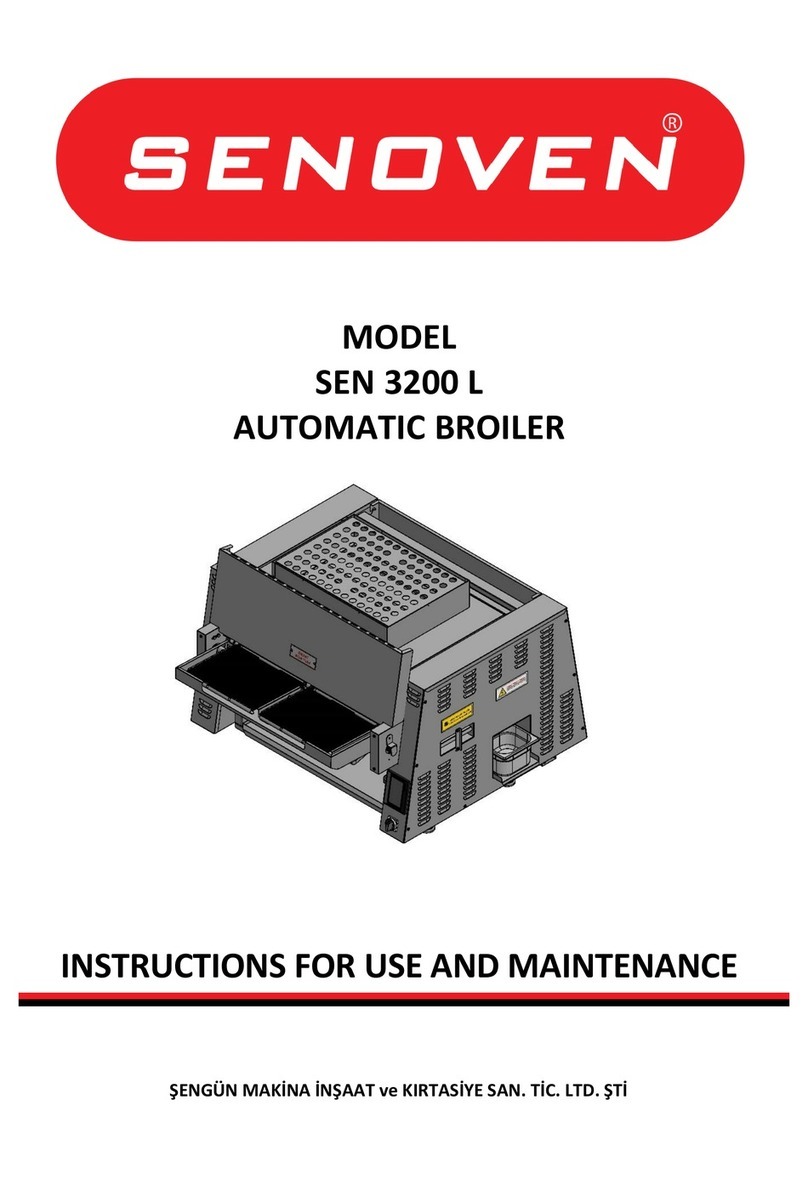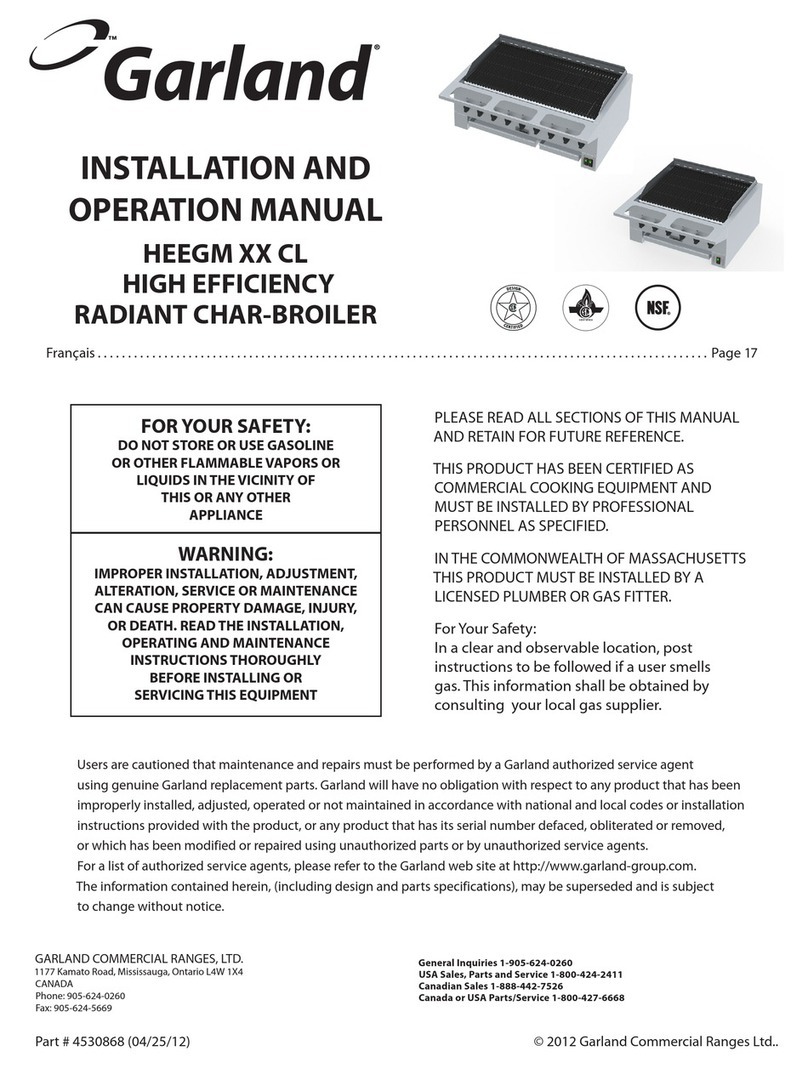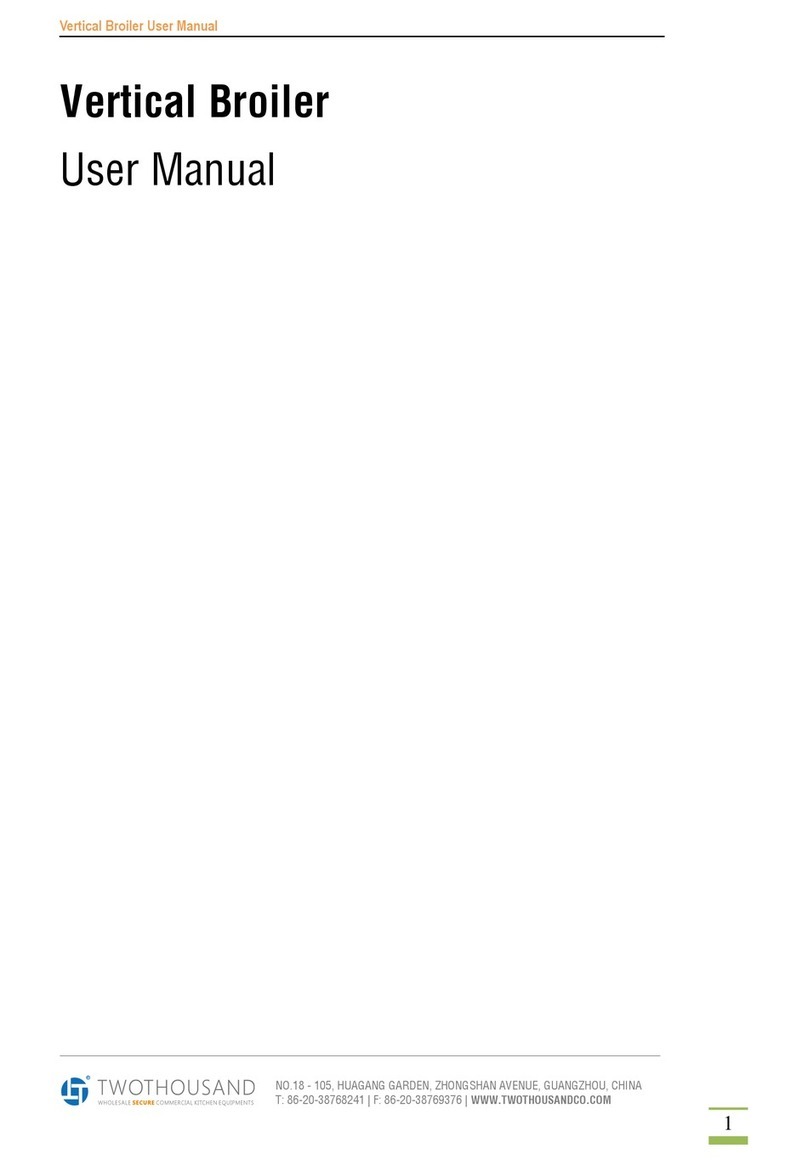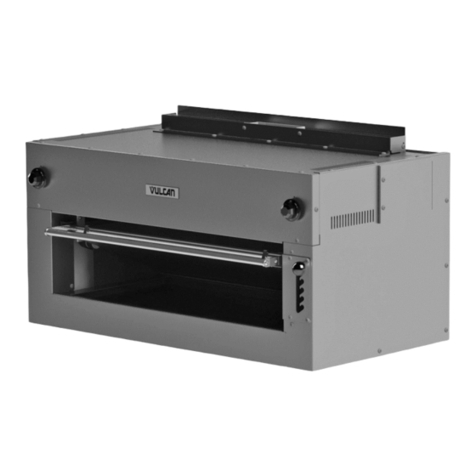
9
HEATING:
Be sure all standing pilots are lighted. Turn on the number of burners desired, to the full ON position. After 20
minutes, the flame can be turned back if less heat is desired. At broiling temperature, the radiants will reach
a dull, red color with brighter areas at the edges. They generate the radiant heat necessary for fast broiling.
ADJUSTMENT OF TOP COOKING GRID:
UF, UFS, UFSC & UFSM models: To provide the operator with greater control over the cooking operation, a
grid adjustment lever is located on the right side of the broiler cabinet. The rear of the grid can easily be
adjusted during broiling into three position: 1) Horizontal—for heating with pots or pans, or broiling round
products (such as sausages) that could roll off. 2) Moderately Tilted—recommended for most broiling to
maintain adequate drain-off of fat drippings and 3) Steeply Angled– to achieve maximum drain-off of fat
drippings from high-fat products, or to reduce flare-ups during peak broiling periods. Some drippings will
obviously fall onto the hot radiants and create the smoke and charcoal broiled flavor exclusive to char-
broiling.
UFLC models: With the top grids removed, the grid frame can be positioned by locating the rear support rod
on the grid frame. With the rod extended and locked into the rear supports, the grids will drain off fat
drippings produced during broiling. By retracting the rod, the grid frame will lay flat for heating pots or broiling
round products. NEVER TRY TO POSITION THE GRID FRAME WHILE THE BROILER IS OPERATING OR
STILL HOT!
LOWER WARMING RACK (US, UFS, UFSC & UFSM Models):
Simply pull out to load and push in to warm. Uses the radiant heat from above for added versatility from your
MONTAGUE underfired broiler. Not recommended for direct cooking on the rack. Products are exposed to
falling debris from grid above and probably will require covering.
Cooking
The MONTAGUE Heavy Duty Underfired Gas Broilers were designed and built to outperform and outlast any
other broilers available. They exhibit characteristics that chefs require to achieve high production broiling
perfection.
HIGH HEAT CAPACITY:
The burners have been sized to maintain the 550°F—650°F broiling temperature better during peak loads.
All products mark quickly and cook predictably.
EVEN GRID TEMPERATURES:
Temperatures throughout the greater middle and rear portions of the grid remain consistent. Slightly cooler
sections exist at the front and outer edges of the grid to accommodate products that need to cook more
slowly.
ULTRA-FLOW TOP GRIDS:
Wide spacing of ribs combined with generous openings for deeper penetrating radiant heat waves results in
the ideal broiling atmosphere. Meats sear efficiently with more of the flavor and juices locked inside.
OPTIMUM FAT DRAIN-OFF:
Large continuous troughs on the top side of the broiling grids drain excess fat quickly. Adjustable grid angle
allows for added control of flare-ups.
CONVENIENT LOWER WARMING RACK, (UF, UFS, UFSC & UFSM models):
Expand the flexibility of your broiling operation with a lower rack that reaches 150°F - 250°F during normal
broiling. It can be used as a holding area for cooked products or warming shelf for plates and platters.
OPERATION


